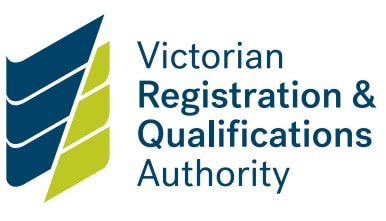All references to 'schools' include school boarding premises.
Steps to compliance
1. Develop
Schools must have a policy, statement or other document on child safety family engagement. This may be included in the Child Safety and Wellbeing Policy.
Schools must involve families and the school community in development and review of child safe policies and processes. Example include:
- consulting families on drafts of the Child Safety and Wellbeing Policy and the Child Safety Code of Conduct
- presenting an opportunity to provide feedback online or in a face-to-face forum.
2. Endorse
The school governing authority must endorse the policy, statement or document.
3. Implement
Compliant schools:
- ensure families take part in decisions which affect their child
- provide families and the community an opportunity to have their say on policies, such as through school newsletters and virtual or face-to-face meetings
- inform families and the school community about:
- child safety and wellbeing practices
- how the school governing authority, leadership and staff support them.
Examples of common non-compliance
- There is no policy, statement or other documentation that covers family and school community engagement on child safety matters.
- A policy, statement or document exists, but it’s an internal document, with no actions to inform families and the community about school operations and governance in relation to child safety and wellbeing. For example, through website material, newsletters, information sessions.
- Staff develop and finalise core child safe policies and processes, with no opportunity for families and community to contribute and ‘have a say’.
Updated


